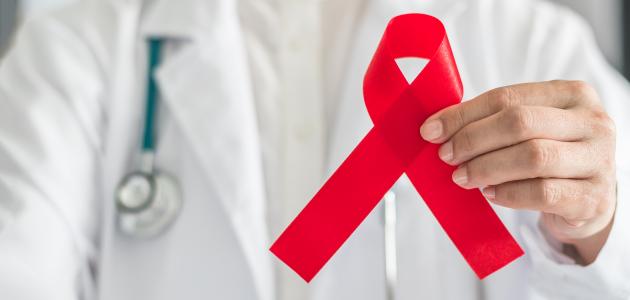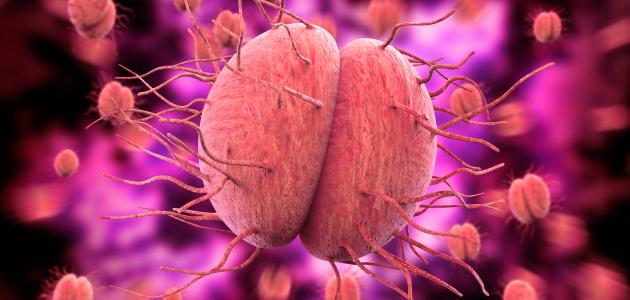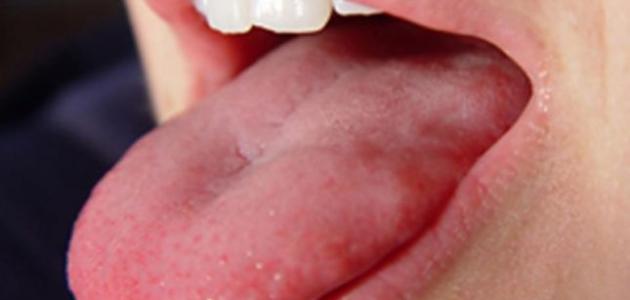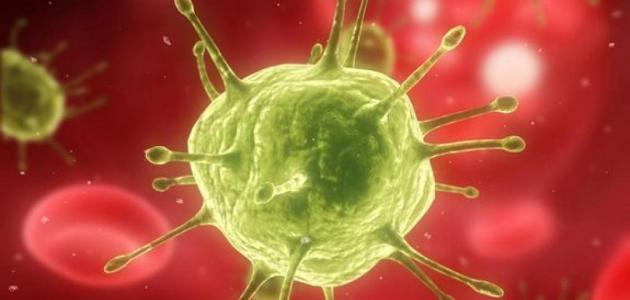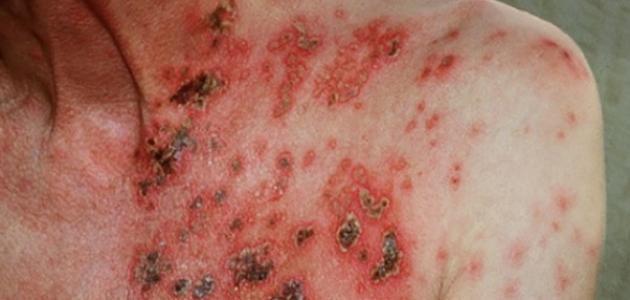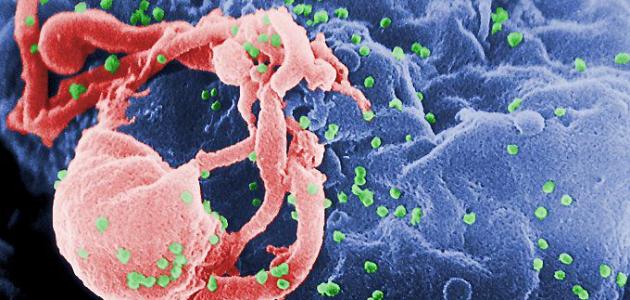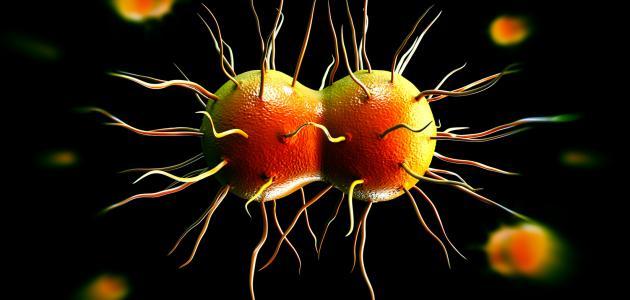Contents
AIDS
AIDS, Acquired immune deficiency syndrome, or AIDS is defined as the final stage of HIV infection , short for HIV, as this virus weakens the body's immunityGradually by killing one of the types of white blood cells known as cluster of differentiation 4 and abbreviation CD4, which leads to a weakening of the body's immunity and thus the body's loss of its ability to resist diseases and infection, which may pose a threat to life, and it is worth noting The infection with HIV develops into the advanced stage of it, which is AIDS, in the absence of treatment for the infection, as it is rare for the disease to develop to this advanced stage among people infected with the virus undergoing modern treatment, and who live in countries characterized by the presence of good health care. [1] [2]
To learn more about AIDS, you can read the following article: ( What is AIDS ) .
Methods of transmission of AIDS
The human immunodeficiency virus (HIV) does not transmit easily between people as it does in the viruses that cause colds or influenza that are transmitted through the air, as the virus lives in the blood of the infected person and some body fluids, and therefore infection occurs when these fluids are transferred from a person infected with the virus to the blood of another person Body fluids that contain a sufficient amount of the virus to transmit infection include: semen and vaginal secretions, including menstrual blood, breast milk, blood, and anal secretions, and infection occurs only when these fluids come into contact with damaged tissues or mucous membranes in the anus, vagina, or penis opening Or the mouth, while the virus may be transmitted directly into the blood through injection, and it is worth noting that other body fluids such as saliva, sweat and urine do not contain a sufficient amount of virus to transmit infection between people. [3] [4]It is important to note that the virus may be transmitted between people, whether the symptoms of infection are apparent or not. [5]
The most common methods of transmission
Sexual practices or sharing syringes and needles are the most common way to transmit HIV, for example the main reason for the spread of infection in the United States of America is to have vaginal or anal sex with a person infected with the virus without using condoms, or taking preventive or therapeutic drugs against The virus, in addition to sharing needles and intravenous syringes, water or tools contaminated with the blood of a person infected with the virus while preparing an injection of drugs , as the virus can live in a used needle for a period of up to 42 days, depending on several factors, including temperature, and other diseases may also be transmitted. As a result, such as some types of hepatitis. [6] [7]
Less common ways of transmitting the virus that causes AIDS
Less common ways of transmitting the virus that cause AIDS include transmission from mother to child during pregnancy, childbirth, or breastfeeding , however the use of HIV drugs and other strategies followed has reduced the rate of transmission between the mother and her child to less than 1% or less in the United States of America, The virus may also be transmitted to health sector workers if they are accidentally pricked with a needle or any sharp tool contaminated with the virus, and in addition, the virus may be transmitted if the needle used to draw tattoos or make holes well after being used by a person infected with the virus. [8] [9]
Rare ways to transmit the virus that causes AIDS
The rare ways of transmitting the infection include being bitten by a person infected with the virus, as there is no risk of transmission in the absence of wounds in the skin, yet only very few cases have been recorded in which the virus was transmitted in this way, and it must be noted here that contact with scratches or Wounds in the skin or mucous membranes of the blood or body fluids of a person infected with the virus are one of the rare ways of transmitting the virus, and with regard to the risk of virus transmission by obtaining blood or organ transplantation, it has decreased dramatically in many countries due to the development of the tests that are made, for example examining The United States of America All blood and organs that have been donated since 1985 AD, and consequently the rate of transmission of the virus in this way decreased to a very small number, and one of the rare ways is also to feed the infant with food that has been chewed in advance, or try to warm it inside the mouth of the person responsible for his care and the person infected with the virus , And the child is vulnerable to infectionIf there are wounds orSores in a caregiver's mouth, which is why the Centers for Disease Control and Prevention advises that caregivers of children with the virus do not. [8] [10]
Ways that HIV is not transmitted
It should be noted at the beginning that the virus that causes AIDS cannot live outside the host human body - for example - on surfaces for a very long time, in addition to its inability to reproduce also outside it, and the following is mentioned methods that do not transmit the AIDS virus: [11]
- Touching or communicating and interacting with others, as the virus is not transmitted by holding an infected person, touching something that an infected person has touched, eating food prepared by an infected person, or exercising with an infected person. [12] [13]
- Saliva, tears, urine or feces of a person infected with the virus, as no cases have been recorded in which the virus was transmitted upon exposure to any of the aforementioned, for example, sharing drinking cups does not pose a risk of transmission. [12]
- Taking vaccines , as the virus that causes AIDS is not transmitted through vaccines that depend on its composition on blood products, such as the hepatitis B vaccine , or immune globulin , as it does not contain The current hepatitis B vaccine applies to any blood or human tissue, while other blood products taken from the blood or blood plasma are examined and purified, which in turn eliminates harmful bacteria and viruses. [12]
- Pets or insects, as insects do not get the virus and their saliva does not contain it, and with regard to insects that suck human blood, such as mosquitoes, they do not inject blood when they bite another person. [12] [13]
Factors affecting the transmission of the virus that causes AIDS
Having a sexually transmitted diseas (STD) raises the risk of infection or transmitting the virus that causes AIDS, and the most common of these diseases include: gonorrhea, chlamydia, chlamydia, and syphilis. Trichomoniasis, human papillomavirus (HPV), genital herpes, and hepatitis. It is worth noting that the only way to know if a person has one of these diseases is Examination, and it is recommended to see a doctor if any symptoms related to these diseases appear, or if the result of the virus that causes AIDS is negative. [11]
The Centers for Disease Control and Prevention (CDC) indicates that the risk of contracting HIV / AIDS is three times higher for an individual without AIDS and with another sexually transmitted disease than for a healthy person without any transmissible disease. Sexually, when having unprotected sex with a person infected with the virus, and this is explained by the fact that infection with a sexually transmitted disease may cause wounds, irritation and ulcers in the skin, as occurs in syphilis, genital herpes and human papillomavirus, and this in turn facilitates the possibility of entering the virus The cause of AIDS into the body during sex, and the risk also remains in the case of diseases that do not cause wounds and ulcers in the skin, such as chlamydiaAnd gonorrhea and trichomoniasis, by causing inflammation that increases the number of cells that can be a target for the virus that causes AIDS. Three times more than people with AIDS only, and this occurs due to the increase in the concentration of the virus in the semen and genital secretions of people with AIDS and one of the other sexually transmitted diseases. [11]
Viral suppression), and in general, high values of viral load are associated with a higher likelihood of transmitting the virus, as the possibility of transmitting infected people to others is less if they receive appropriate drugs and treatment against the virus and record a low viral load, compared to people who do not have low values of viral load, The viral load rises between one examination and another, with which the possibility of transmitting the virus rises, but it should be noted that the possibility of a person infected with the virus transmitting the infection to his partner remains possible even when the viral load is not detectable. This is because the virus, as previously mentioned, may be present inGenital secretions , and viral load values reflect the amount of virus present in the blood only, but infection with other sexually transmitted diseases is associated with higher values of viral load in genital secretions. [6]
Tips to reduce transmission of the virus that causes AIDS
There are many general advice and various measures that will reduce the transmission of the virus that causes AIDS, including the following:
- Frequently using condoms when having sex in case your partner has the virus. [14]
- Not to use illegal drugs, and not to share syringes and needles to draw tattoos. [15]
- Informing the infected partner or his future partner about his infection with the virus in order to conduct the examination and help to stay in good health and start receiving treatment as soon as possible, as undergoing appropriate treatment helps reduce or even stop the chances of transmitting the virus to the partner, and it is worth noting that the partner can take some kind of Medicines daily called pre-exposure prophylaxis, short for PrEP, in order to reduce the chances of transmitting the virus to it. [14]
- Regular check-ups and treatment for other STDs. [14]
- The person infected with the virus does not donate blood or organs. [15]
- Avoid contact with another person's blood, and it is preferable to wear protective clothing, a muzzle, and goggles when caring for a person with wounds. [15]
- Pregnant women infected with HIV should consult their health care provider in order to find out the necessary ways to reduce the chances of transmitting the virus to the child, and this may include taking antivirals during pregnancy. [15]
- Avoid breastfeeding women infected with the virus. [15]
References
- ↑ “AIDS” , www.drugs.com , 2020-2-3, Retrieved 2020-5-4. Edited.
- ↑ Adam Felman (November 29, 2018), "Explaining HIV and AIDS" , www.medicalnewstoday.com , Retrieved 2020-5-4. Edited.
- ↑ “Causes-HIV and AIDS” , www.nhs.uk , 2018-4-3, Retrieved 2020-5-4. Edited.
- ↑ "HIV Prevention" , aidsinfo.nih.gov , 2020-5-1, Retrieved 2020-5-4. Edited.
- ↑ "HIV TRANSMISSION & PREVENTION" , www.avert.org , 2019-5-2, Retrieved 2020-5-4. Edited.
- ^ A b " of HIV And AIDS" , Healthjade.net , Retrieved 2020-5-5. Edited.
- ↑ "HIV / AIDS" , www.nchmd.org , 2015-7-21, Retrieved 2020-5-5. Edited.
- ^ A b "How Is HIV Transmitted?" , www.hiv.gov , 2019-6-24, Retrieved 2020-5-5. Edited.
- ↑ "What Puts You at Risk for HIV?" , www.webmd.com , 2020-1-15, Retrieved 2020-5-5. Edited.
- ↑ "How is HIV spread?" , www.nichd.nih.gov , 2016-12-1, Retrieved 2020-5-5. Edited.
- ^ A b t " of HIV the Transmission" , Www.cdc.gov , 2019-8-6, Retrieved 2020-5-7. Edited.
- ^ A b t w Healthwise Staff (2018-7-30), "Ways of HIV Can Not Be Spread : " , Www.healthlinkbc.ca , Retrieved 2020-5-7. Edited.
- ^ A b " of HIV / AIDS" , Medlineplus.gov , 2020-4-9, Retrieved 2020-5-7. Edited.
- ^ A b v "How can I prevent HIV?" , www.plannedparenthood.org , Retrieved 2020-5-8. Edited.
- ^ A b t w c " of HIV / AIDS" , Medlineplus.gov , Retrieved 4-6-2020. Edited.
